02 Nov 2024 - {{hitsCtrl.values.hits}}
 As Halloween just passed, many of us are likely still basking in the memories of our costumes. Some may be cringing, others celebrating, and most of us are appreciating the creative ways we transformed ourselves for the night. Beyond the spooky decorations and candy-filled celebrations, Halloween is a prime example of how fashion steps outside its usual boundaries, embracing creativity and a sense of playfulness that extends beyond one night. But how does this one-day celebration continue to impact the fashion industry year after year?
As Halloween just passed, many of us are likely still basking in the memories of our costumes. Some may be cringing, others celebrating, and most of us are appreciating the creative ways we transformed ourselves for the night. Beyond the spooky decorations and candy-filled celebrations, Halloween is a prime example of how fashion steps outside its usual boundaries, embracing creativity and a sense of playfulness that extends beyond one night. But how does this one-day celebration continue to impact the fashion industry year after year?
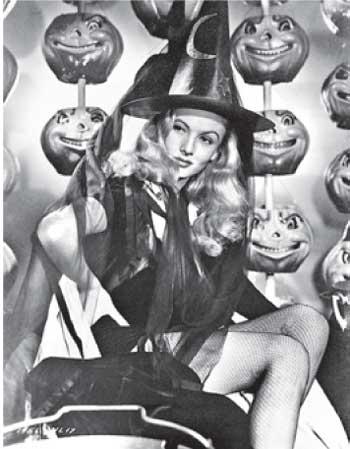
Halloween costumes trace their roots to ancient Celtic traditions, where people would dress in ghostly attire to ward off spirits during Samhain. Over the centuries, the holiday has evolved, blending elements of superstition, theater, and fantasy into the fabric of costume culture. Today, Halloween lets people embody the supernatural, the glamorous, and the nostalgic, and this has had a lasting effect on the way we view style. The result? A holiday where tradition and pop culture converge to influence high fashion, streetwear, and everything in between.
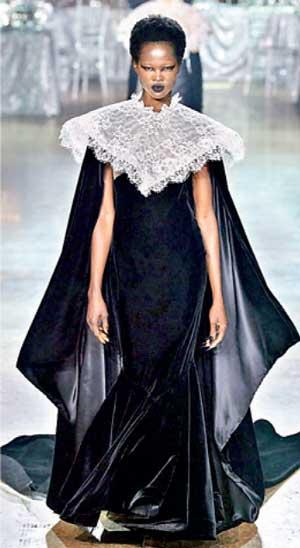
This time of year, inspires designers and fashion lovers alike to explore darker aesthetics. The resurgence of gothic elements, like lace, velvet, corsetry, and leather, often aligns with Halloween's peak. Designers like Alexander McQueen and Rick Owens have long been inspired by the eerie and the unusual, proving that dark, dramatic fashion can have a sophisticated appeal. Halloween has cemented the gothic look as a recurring trend in fall fashion, weaving it into our wardrobes long after the holiday ends.
Each Halloween, celebrities like Heidi Klum, Rihanna, and Beyoncé raise the costume bar with meticulously crafted looks that go viral, becoming instant inspirations. For instance, Klum’s transformation into Jessica Rabbit and Rihanna’s gothic take on the Teenage Mutant Ninja Turtles were not just costumes but artistic statements that set trends. These high-profile costumes often influence designers and consumers alike, sparking ideas that can morph into next season's fashion must-haves.
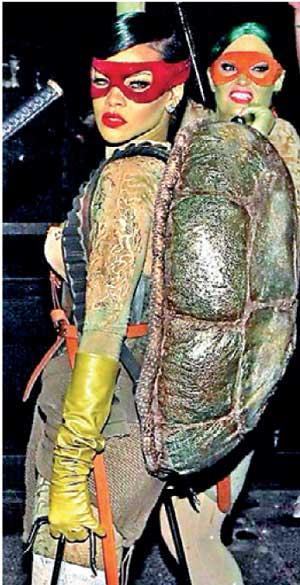
Halloween lets people tap into nostalgia, embodying icons from eras past or tributes to favorite characters. Costume culture leads to a resurgence of vintage styles, sparking a broader trend in mainstream fashion. For example, the recent embrace of 90s and early 2000s nostalgia owes a lot to people channeling characters from iconic films and shows for Halloween, think Cher Horowitz from Clueless or Friends-era Rachel Green. The result? These trends get revived with a modern twist, showing up in stores as contemporary adaptations that add a sense of familiarity and charm to fashion.
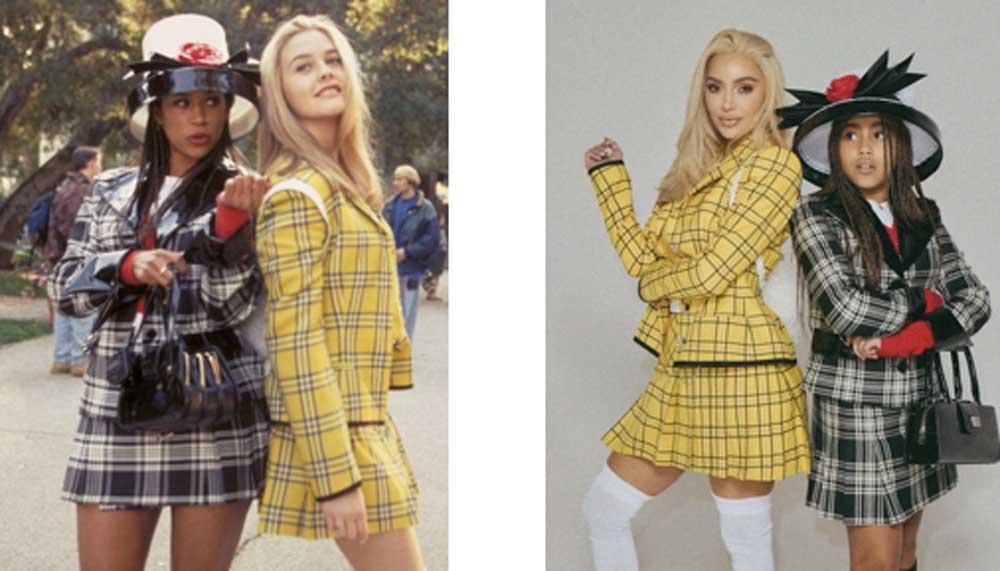
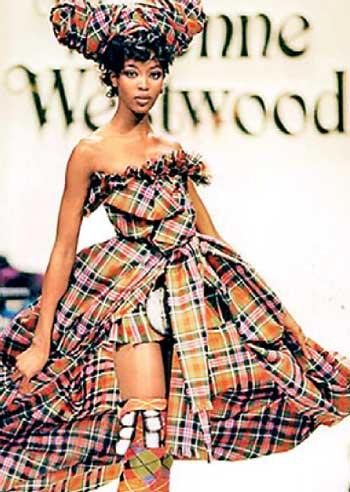 High-Fashion Halloween and Designer Influence
High-Fashion Halloween and Designer InfluenceHalloween has evolved to the point where luxury fashion houses incorporate elements of costume into their collections, especially in fall. Brands like Gucci, Balenciaga, and Vivienne Westwood often embrace theatricality, drawing from eerie, surreal inspirations that create wearable art. This shift has inspired many designers to adopt a more dramatic, avant-garde approach in their collections, as seen in runway shows that embrace exaggerated silhouettes, bold patterns, and unexpected pairings.
The rising popularity of upcycled, thrifted, and DIY Halloween costumes highlights a growing commitment to sustainability. As consumers seek more eco-friendly ways to celebrate, we see an increased emphasis on reusability and creative repurposing. This trend aligns with broader sustainable fashion movements, where people mix and match vintage pieces, thrifted gems, and handmade elements to craft unique, personalized looks. The DIY Halloween influence is gradually merging with everyday fashion, encouraging resourcefulness, and inspiring consumers to think beyond fast fashion.
Halloween isn’t just about costumes; it’s a significant time for fashion retail. In recent years, sales data has shown a spike in “Halloween-inspired” items that carry over well beyond October. We see a demand surge in dark-toned fabrics, lace, and embellishments associated with the season, showing that people are eager to incorporate a touch of Halloween into their wardrobes. This consumer behavior speaks to a desire for expressive fashion, with customers gravitating toward bold, transformative pieces that celebrate Halloween's theatrical spirit.
Ultimately, Halloween reminds us of fashion's power to transform, express, and delight. Costume culture has evolved into a year-round fascination, where runway shows, music videos, and street style blend the real with the fantastical. This playful approach is now seen in daily fashion, as people incorporate bolder makeup, statement accessories, and even Halloween-inspired palettes into their everyday looks. The popularity of platforms like TikTok has further fueled this, creating micro-trends where users experiment with dramatic looks long after Halloween has passed.
The influence of Halloween on fashion is undeniable, adding layers of drama, nostalgia, and creativity to the industry. From its rich historical roots to its modern-day pop culture dominance, Halloween remains a source of inspiration for designers and style enthusiasts alike. As the spooky season fades, the imaginative spirit it fosters continues to ripple through our wardrobes, reminding us that fashion is not just about clothing but about expression, transformation, and a touch of magic. Halloween may only come once a year, but its influence keeps fashion playful, mysterious, and ever evolving all year round.
25 Dec 2024 3 hours ago
25 Dec 2024 3 hours ago
25 Dec 2024 3 hours ago